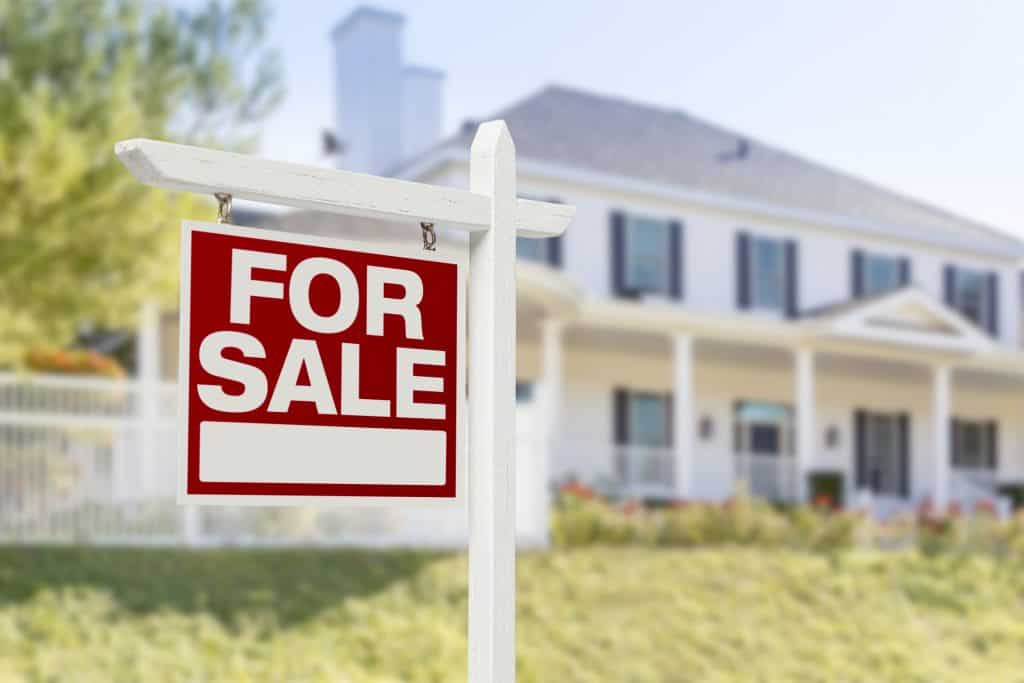
As an experienced North Carolina real estate broker, you know that when selling a home, your pricing strategy can make or break your chances for a quick sale. Pricing isn’t always a simple, straightforward process. It can often waste time and money and lead to frustration for both you and the seller. In this post, top real estate brokers and managing brokers from around the country share the most common home pricing mistakes they see—and how to fix them.
Ending a price in “9”
“Previously, the trend in pricing was to end everything in a nine like they do in grocery and retail stores, but that doesn’t work for online real estate searches,” says Florida real estate broker Deborah Bacarella. “I find that when the seller prices at $599,000, you lose all the homebuyers who started their search at $600K.”
The fix: Advise your sellers to price in even increments to capture more online searchers.
Sizing up your neighbors
“The most common pricing mistake I have seen in my 14 years in the real estate business is the seller comparing their house to the house that sold down the street or around the corner,” says Candy Miles-Crocker, an associate broker at Long and Foster Real Estate, Inc. in Washington, DC. “Every seller thinks their house is much better than the house that sold down the street and should, therefore, be priced higher. When this happens sellers are rarely comparing apples-to-apples and don’t take into consideration that the other house had features and amenities that their home doesn’t have.”
The fix: Make sure your clients understand that the comprehensive comparative market analysis you provide will give them a more accurate pricing strategy than just comparing themselves to the neighbors.
FREE GUIDE: Get real insights from real North Carolina real estate professionals in our free income guide report.
Pricing too high from the start
Many buyers will overlook a home in the first few weeks if it’s listed too high. By the time you reduce the price, many of those initial buyers may have already found something else or will expect a discount. “In our Minneapolis / St Paul real estate market we have a two-week window at the beginning of the listing period to get the highest price. After that time consumers want a discount,” says Alyssa Granlund, a top-selling real estate broker at Edina Realty for the last 25 years.
The fix: “If you have a seller who is not willing to price where you believe the value is, discuss and agree that once you have had 10 showings without an offer it is time for a price reduction down to your price recommendation,” says Granlund. Be sure to set up this expectation with your seller at the time of the listing agreement. Have scheduled price reductions already agreed upon in the terms of your listing agreement and as part of your overall marketing plan. This makes the price reduction calls so much easier to make and gives your seller a benchmark to measure against.
Thinking $1 in means $1 out
“Many sellers want to be paid for the improvements they made to their house. While some improvements will add value, they often times don’t add dollar for dollar value,” says Miles-Crocker. “I once worked with a seller who had custom windows that cost $2,000 each. I told him that to a buyer they were just windows, but he thought that they added dollar-for-dollar value to the home. Needless to say, I didn’t get the listing because we couldn’t agree on the price, but the house never sold and he eventually rented out the property.”
The fix: Provide your clients with a comprehensive competitive analysis, and adjust appropriately for home improvements.
Be careful to avoid these common home pricing mistakes, and you’ll be able to give your North Carolina real estate clients a better shot at a quick sale.






